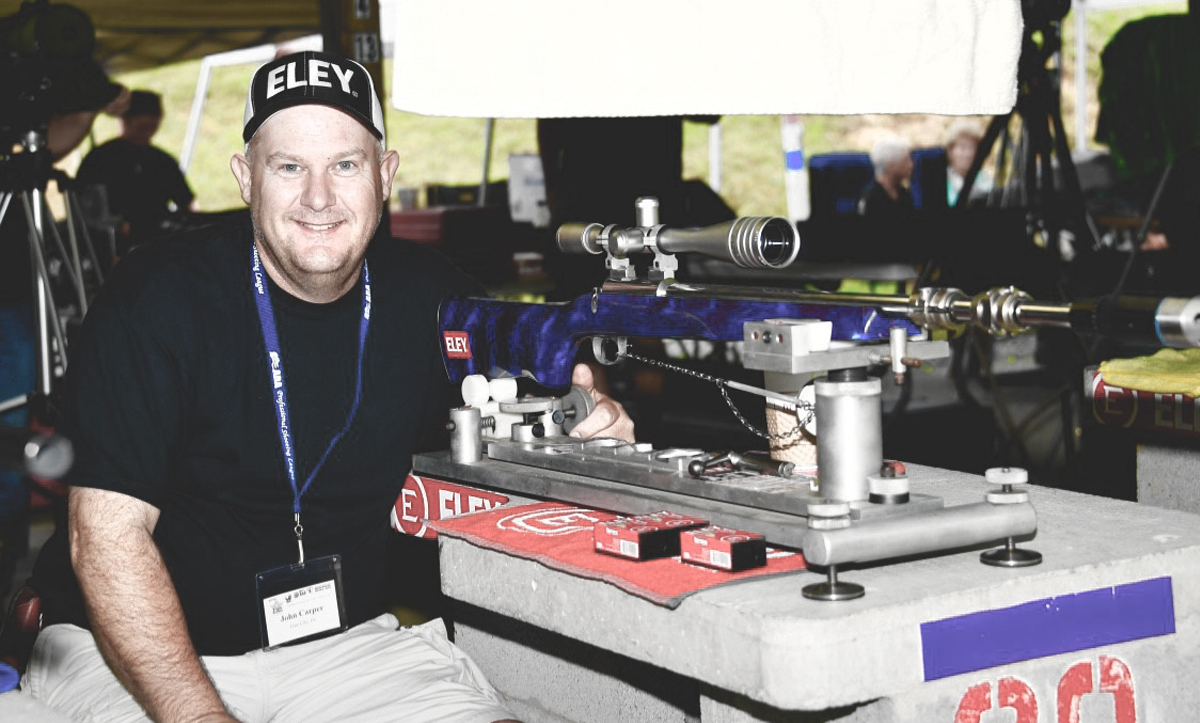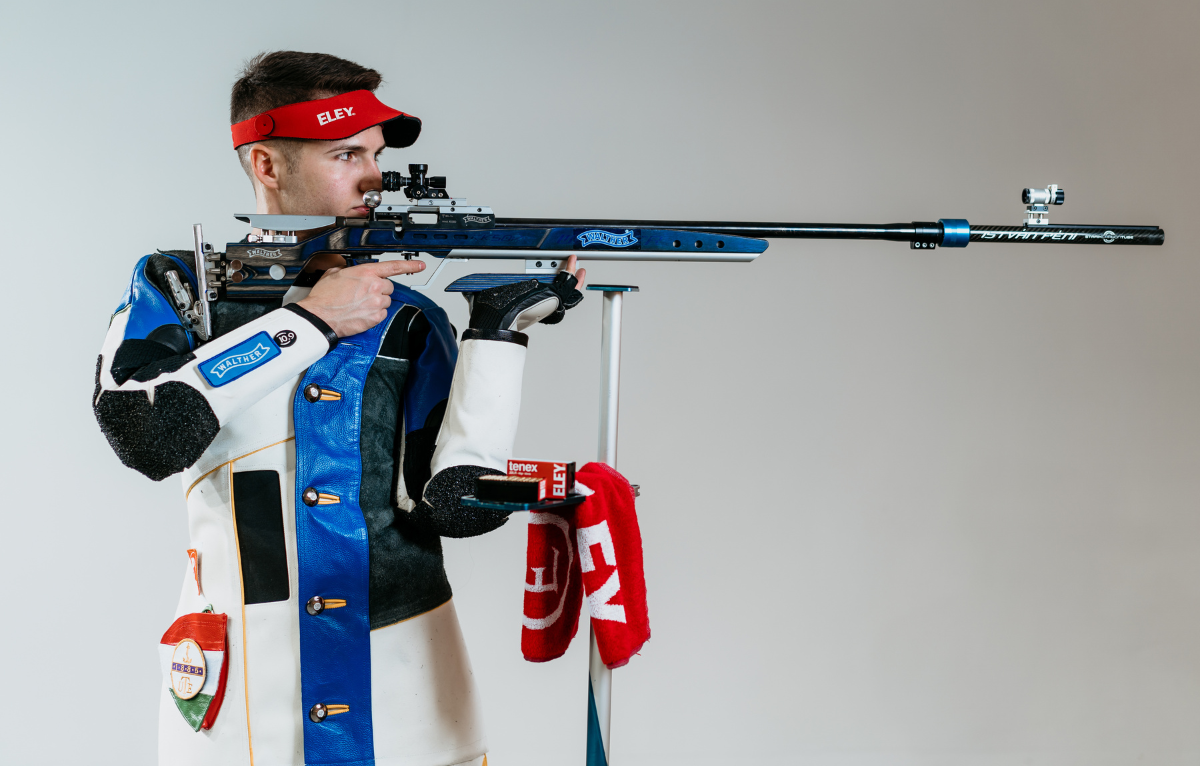Reading the wind part 2 – windflags and ammunition batches
Champion benchrest competitor, John Carper, continues his two-part discussion on shooting in the wind. This week he concentrates on windflags and ammunition. Read on for his expert advice and gain an edge over your competition.
“Recognising stable conditions is a crucial step towards understanding the effect of wind. On most days shooters are given the opportunity to shoot in winds that are predominantly from two different directions, left or right. There is usually a more stable wind from one direction or the other. Understanding this is crucial to improving shooting performance. Just because the windflags and probes are showing a wind condition that looks ideal, it doesn’t always equate to stable conditions. Far too many new shooters miss slight differences in windflags to understand their impact on putting their shots into the center. A small tick in a single windflag to a head or tail wind will drive the bullet either low, or high, in comparison to otherwise similar conditions.
Another common mistake is the belief that less wind and calmer conditions equals higher scores. If the windflags are apparently still for a period and a while later a single flag turns to a different direction, you don’t know exactly when that change occurred. It may well be why you missed that last shot. Better scores are generally shot in low winds of between 3 and 6 miles per hour. The reason is that we can see those conditions on our windlfags. We can discern where the wind is flowing and where to hold off with our sights. Many times it is better to hold much further off the center of the target in stiff breezes than to wait for the calmer unstable conditions that look less intimidating. And sometimes we have no choice. The better you are at judging and adapting to the conditions, the better your scores will be on match day, and the better you will perform against others on a regular basis.
Another step in learning the wind involves your ammunition, as some batches will show different characteristics to others. Learn your ammunition by practicing with it, or shooting sighters at a match. Pick which lot numbers perform best on that day and conditions, and keep records of what works and what doesn’t to predict what batch numbers you will need on a given day. Some batches will shoot at their best in calm conditions, and others with a good strong breeze. Many lots of ammunition will not move as far from point of aim as others in the wind. These are generally the best lots to use on windy match days. This is why it is best to have more than one lot of ammunition at hand.
To learn to shoot in the wind, practice in the same conditions and times of day. Make sure you use the same equipment to match day as well. Never waver from this and you will become a better competitor. Trust your sighters, recognise stable conditions, use the correct ammunition for your rifle and the conditions, and you will improve your performance on match day.”





